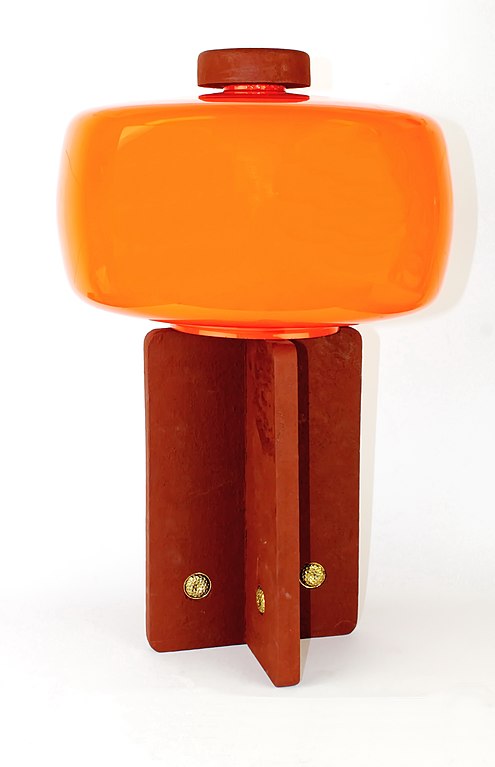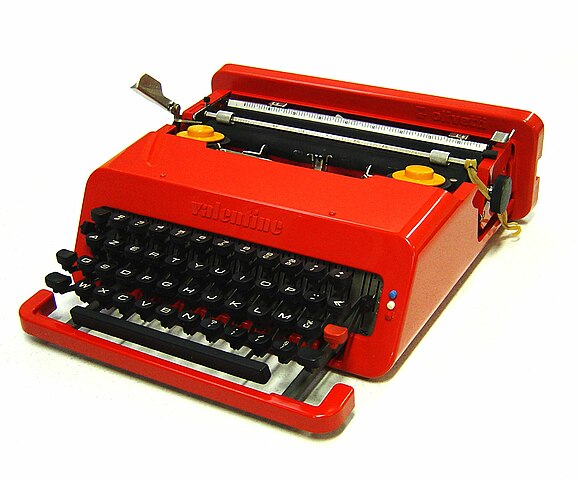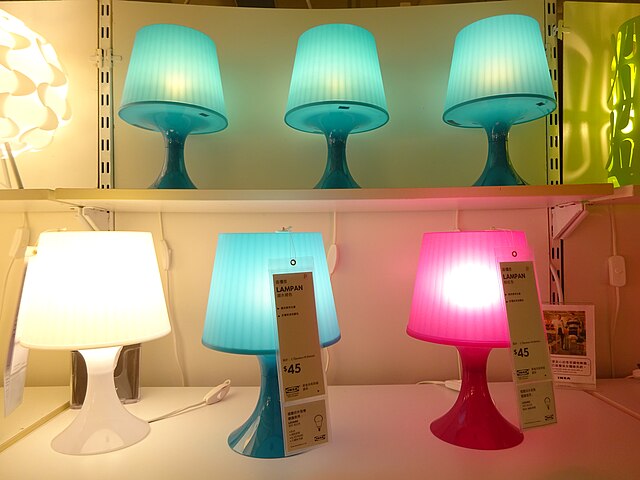
From 1 to 9 February this year, Thammasat University students may enjoy Bangkok Design Week, presented by the Creative Economy Agency (CEA), formerly known as the Thailand Creative and Design Center (TCDC).
Students in the arts, but also in sociology, urban studies, and related subjects should find material of interest in the design projects on view. Among goals are to develop ideas for improving the use of public spaces and increasing the possibility of pedestrian activity, in a city where the people have places to walk.
There will also be examples of street furniture made of recycled materials or other substances of local significance.
Bangkok Design Week 2020 (BKKDW 2020), which will be held between 1-9 February 2020, tackles the theme of Resilience: New Potential for Living, as an intellectual playground for creative people, government agencies, business enterprises to show a collective effort to lay down the building blocks of resilience capacity for Bangkok… Bangkok Design Week 2020 (BKKDW 2020) will take place at creative venues across the city, such as Charoenkrung-Talad Noi, Samyan, Ari-Pradipat, and Thonglor- Ekkamai.
The Thammasat University Library owns several books about design, and specifically about design in Thailand.
Variety of displays
Among the many exhibits will be D17/20, Design in Southeast Asia.
As its website explains,
D17/20, Design in Southeast Asia is a project in the field of design and crafts. D17/20 aims to involve and put craftsmen more at the heart of the creation and manufacturing process. Through workshops organized in several cities, the designers are associated with a production unit and work in tandem, a French designer/a local designer. In total: 8 workshops, 43 designers and 17 factories associated.
Designers from Thailand, Vietnam, Indonesia, and France will be involved. The Design ASEAN website offers more information:
THE PROJECT
1
VALUES
Handcraft is a subject of special attention in Southeast Asia. Further promotion of village industries is needed. This project aims to value the local know how and to put SEA in the international design scene.
2
DESIGNERS
Designers from France meet designers from Thailand, Indonesia, Vietnam … to share best practices, learn local know-how and design approach. Designers dialogue with artisans and producers.
3
WORKSHOPS
Each couple of designers work in a local craft organization on a specific material during 15 days. Each designers create a design product made for daily lifestyle.
4
EXHIBITIONS
The crafted products will be presented in 2020 in France and in Thailand in the greatest places for design and will hopefully generate production.
CONTEXT
Handcraft and design are subjects of special attention in Southeast Asia. There is a firm belief that further promotion of village industries is needed. Some cities in Bali and Java have become famous for the beauty of their masks, furniture and ceramics. Experts and cultural professionals recently consulted by UNESCO as part of a research project on the implementation of the Convention on the Protection and Promotion of the Diversity of Cultural expressions, have recommended to focus on crafts.

Talents in the Kingdom
One example is MOK KAM POR, a design studio based in Chiang Mai and Paris, founded by the Thai designer Sarngsan Na Soontorn.
Its website states:
Mok Kam Por means “as a hand can hold”, an adjective used in northern Thai dialect to indicate an “appropriate amount” relative to one’s proper need, implying a concept of the appropriateness and the rightness. The concept which the studio seeks to identify in each context of project and proposes through its works.
An example of objects designed by the studio is a Kong Coat Rack (2016):
Kong means hang. A coat rack made of teak wood from dismantled traditional old houses. The material is back to its structure life again, in a new scale, a new function.
Another item is Nian Mirror (2016):
Nian means smooth and delicate, like a boiled then peeled egg. A form follows structure frame with a hand cut oval shape, this hanging mirror reminds an image of eggs in a bamboo basket hung upon a natural hot spring.
Still another example is a Hoy Bowl (2016)
Hoy is a word in Northern Thai dialect meaning mark or imprint. The core idea of this collection stems from Interactions with the process of fabrication, which create perfectly imperfect forms and aspects of the pieces. The product designs are further inspired by the proportions and the shapes of the traditional craft works found in Southeast Asia.
Another participant in D17/20, Teerapoj Teeropas, is identified as
an industrial designer with an interest in craftwork develop his design practice with the phrase “to postpone the lost of traditional values” being the sauces of his inspiration. With a focus on the incorporation of Local wisdom into contemporary industrial design, Teeropas aims to perpetuate the values of traditional knowledge and creation. Believe that handicraft is Valuing World Heritage and not to be obtain by one group of people. Teerapoj contribute to the Diversify of Identity, Cultural, and Artistic Resemblance. Fusing the heart of craftsmanship to create set of newly design to relay the Borderless Cultural Heritage which can be appreciate by anyone.
An example of Khun Teerapoj’s creativity is
Safari
By straightforwardly use bamboo through raw design language that easily to understand. Gerrard had represented the true beauty of bamboo material. Safari was a set of side table that wanted to play with that feeling. Through a combination of various techniques blending together. The result is a set of products that giving a sense of raw and fun adding refreshment to the brand.
Another is Arkha,
a chair with details from northern tribes of Thailand, aiming to celebrate beauty within traditional patterns and skills of local artisans. The pattern design aims to question the identity of Lan Na culture, whether local residents can accept the subculture as part of their local identity

Jewelry design
Another participant in D17/20 is Atelier Rudee, the first and only international academy of contemporary jewellery in Thailand, founded by Rudee Tancharoen:
Atelier Rudee is a place where artists, craftsmen, designers, both locals and foreigners, gather and share their knowledge and experiences. We organize jewellery and other related lectures and workshops. We also hold prestigious traditional Thai techniques workshop instructed by skilled craftsmen.
For beginners, Atelier Rudee is a starting point where you learn basic jewellery techniques as well as techniques to work with other materials, enabling you to create jewellery of your imagination.
For one who looks for something beyond traditional jewellery or wants to refresh or deepen your idea, Atelier Rudee is the place where you learn to explore and discover.
(All images courtesy of Wikimedia Commons)

